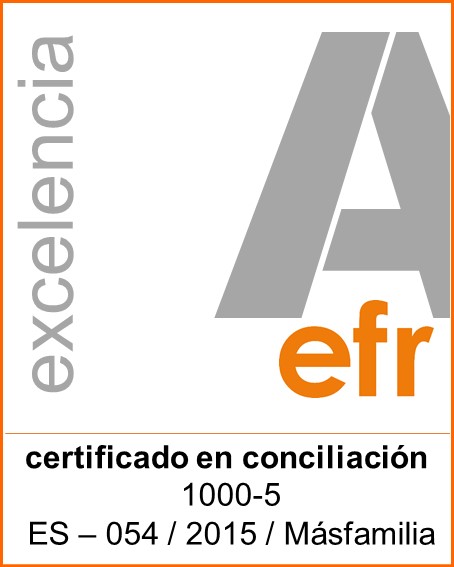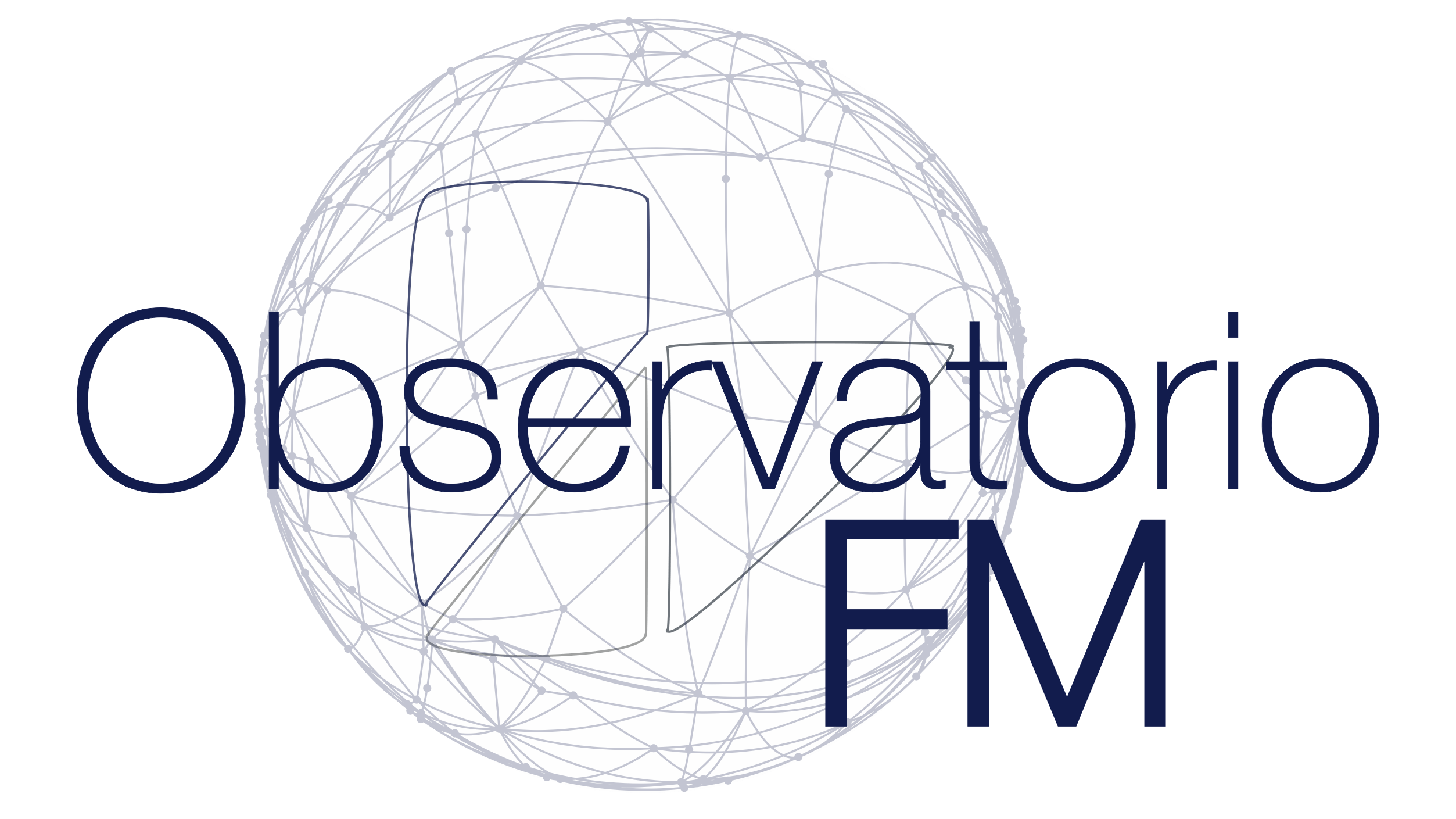It’s often heard that saving energy at our offices is in everybody’s hands, that we should turn off computers and printers, turn off the lights when we leaving a meeting room or our office, etc. All these measures truly help us in save energy but, to what extent?
These good practices amongst employees means no cost for the company and are easy to implement. Many organizations start applying energy saving measures which involve high costs without a previous study of the savings they can return, the real cost of the investment or the return of investment time, we recommend not doing this.
Before taking this kind of decision, it is convenient for the organization to name a person or department to be in charge of the energy saving measures to help the Board take the best decision possible. This responsibility fits within the role of the Facility Managers. Taking in consideration that the Facility itself and the users of such facility are the two elements which influence the most when reducing energy consumption and as the Facility Manager is who best knows them of both, the FM is definitely the best person in charge of any Energy Saving Measures to be put in place.
The first step should be to get to know the current consumption and setting up indicators to quantify and control this consumption, because what’s not measured can’t be controlled.
Besides gathering all energy invoices together (electricity, gas and water), the equipment that consumes energy should be identified (equipment with a higher demand must be up first when defining energy saving measures), their technical characteristics should be studied (power, performance, etc.), the use time should ne known, if they have automatic or manual switch-off devises, their issue date, condition, etc, All this data should be considered. We also need to keep in mind that lack of maintenance or inappropriate maintenance can make energy consumption shoot up.
It would also be convenient to check the facade condition of the building, because the highest energy loss comes usually form this element. It is convenient not only to check insulation and window conditions, but also the facade constructive design. In buildings with glass facades, significative HVAC savings have been obtained just by adding eaves that prevent direct solar exposure.
Another step to take is identifying users’ habits, ways of working, etc. This allows us to identify energy saving measures such as, teleworking. This new way of working has allowed many employees to work from home, which makes it possible for the company that encourages it, to reduce their rented space, which leads to lower energy consumption. In other cases, cleaning hours have been changed from night-shifts to day-shifts, so lights can be off for the entire night.
It is also necessary to know the company´s activity and its schedules. Sometimes a simple workstation change can produce high lighting savings, because there are some positions such as sales representatives or sales agents, whose presence in the office is less usual than other employees´ presence so their workstations can be located in areas with lower natural lighting.
Please don’t restrict good practices to these examples. It is advisable to run a detailed analysis of all the elements that may have influence in energy consumption so an improvement plan can be developed before your company ventures to take energy saving measures that can produce high costs and low benefits.
Photo by Gabriel Delgado http://bit.ly/1sznzvN









